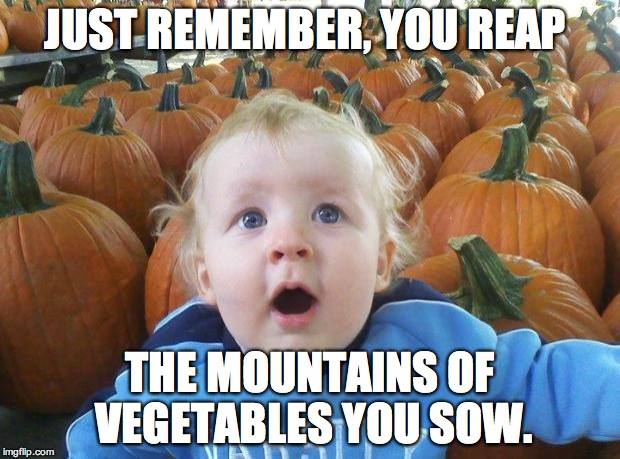
There are so many wonderful looking vegetable varieties that it can be easy to ‘buy all the seed.’ Unless you have a team, a tractor and a farm, it’s unlikely that you are really going to ‘grow all the seed,’ never mind ‘harvest all that veg!’ Leaving you to decide what to grow.
We’re going to explore the idea with a series of questions and below will be a checklist method.
What does you family / community like to eat?
It sounds like an obvious question but my kids will tell you that I did not use their taste buds solely as a basis for my vegetable growing decisions. I preferred growing cool stuff that I thought would do well and that may be a novelty. I am a bit of a plant adventurer. So though there were all sorts of weird greens (and yellows, and purples and oranges and reds) in the garden that the kids would find in their dinners, I did try to include stuff they liked. However, normally you’ll want to grow what you (and they) eat.
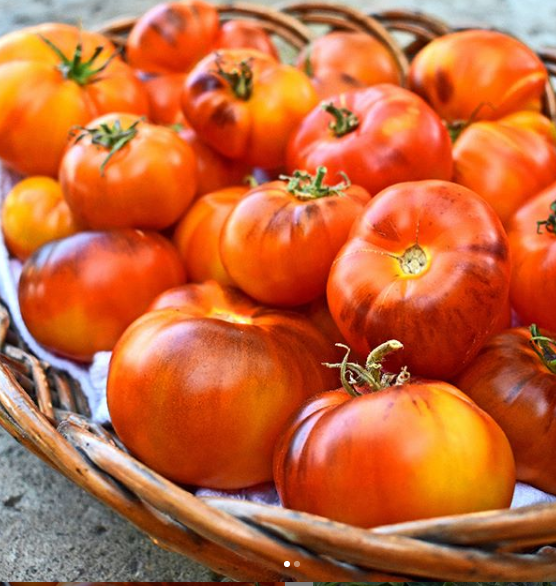
What grows well here?
A great second question as you can cross reference it with the first list. Your family likes carrots? Excellent because carrots grow well here in most gardens around here. A subset of this question will be what grows well in YOUR garden. If your garden is in full sun with well-drained soil and all the other magic that most people expect then most vegetables are going to be suitable. On the other hand, you may have limited light, space or time. Clay soil? Try a stubbier carrot. Danvers 126 is said to grow well in heavy soils.
At Gaia Organic Seeds, we do our best to have a selection of vegetables that is adapted to growth in the Ottawa Valley and similar bioregions.
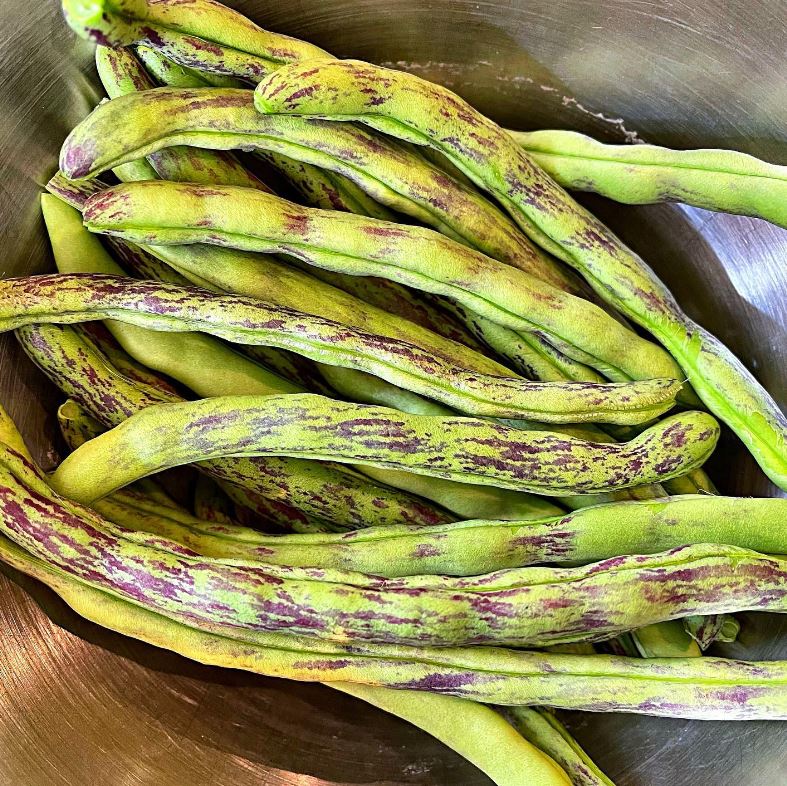
What are your resources?
Resources interact so though you may have loads of space, sun, water and fertility, you will have less time because the bigger the garden, the more work it will take even if you are doing everything right. And you may actually not have the resource of time! Alternatively you may have all the time in the world with tonnes of gardening motivation and a great back but only a partially shaded balcony. Here are some limitations and directions you might take:
- Minimal Space: Choose vegetables with a small footprint that are eaten early in their growth cycle so greens, roots, or dwarf varieties chosen for pot culture.
- Limited time: Consider buying plants in the spring instead of starting inside. Choose plants that are direct sown but don’t need much thinning or weeding because you can mulch around them such as pumpkins, seed potatoes, onion bulbs, beans, peas.
- Limited sun: Cool tolerant greens do best in the shadier areas. Think vegetables that are produced early in the vegetable growth cycle. So the less sun you have, the closer to the start you should try for. Leaves -> Root -> Flower -> Fruit -> Seeds
- Minimal or no annual planting space: Try herbs or perennial vegetables.
If you have an abundance of space, resources and time, then consider planting extra for storage. Be generous with your spacing for best growth, and consider succession growing.
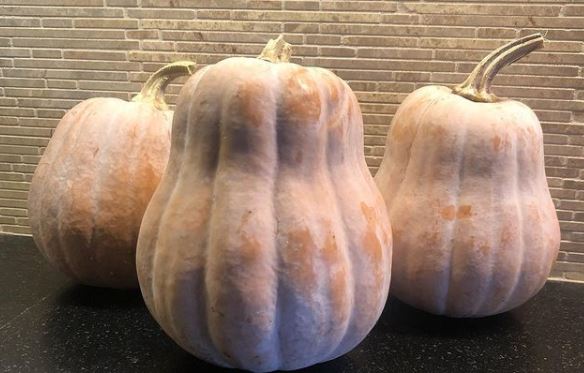
What are your goals?
This can vary from ‘I just like to growth stuff’ to ‘I want to feed my family and/or community.’ Hopefully your goals and your resources will align but alas they often don’t.
Small to large garden possibilities -> increasing size list
Herb & pollinator garden -> salad box -> spice patch -> fresh summer produce -> garden + cold frames or mini greenhouse -> produce plus (freezing, drying, canning) -> garden + perennial vegetable + berry patch + greenhouse-> forest garden or mini orchard + garden + polytunnel-> field crops, orchard, produce for animals -> all that but with generous rotation, fallowing and woodlot OR farm business
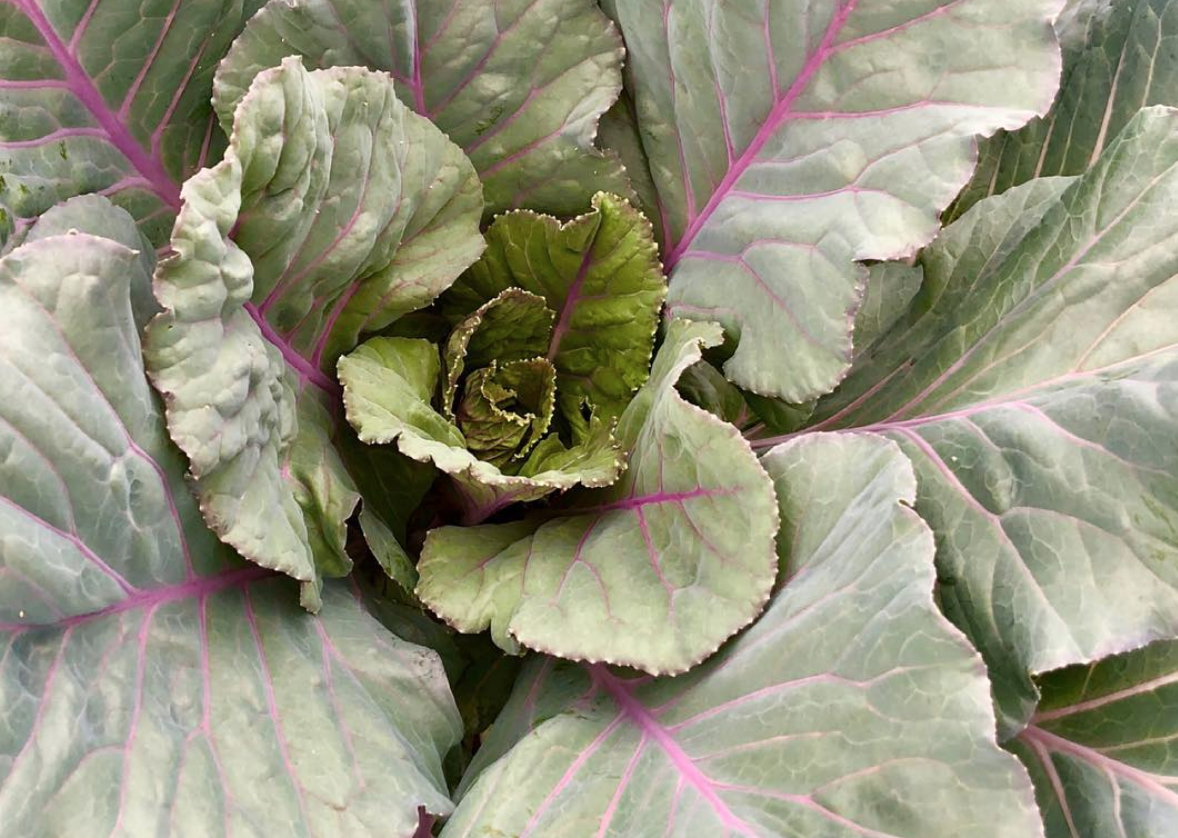
A Checklist Method
Accurately determine your grow space and whether it is perennial or annual: community plot, home garden, space for trees and berries etc. Annotate with how much sun they get and how hard they are to tend. For sun write the approximate amount of hours: full day, from noon to night or a few hours for example. For how hard note how far away, how weedy or underworked or if there are other considerations. Give each grow space a number for identification.
Remember that you only want to include the space that you have time and resources to tend and grow.
Step 1: Write down everything you’d like to grow in two columns: annual and perennial
Step 2: Annuals
- Start with your annual list and put a checkmark beside things your family/community eats
- Circle things that are your priority because they are healthier or tastier fresh or important to you in another way
- Underline things that will be eaten immediately or at an earlier stage (leaf -> root -> flower -> fruit -> seed) as the earlier the vegetable part eaten in the grow cycle, the shorter the season usually and the less space needed.
- Match your most wanted vegetables to the areas that are easiest to work as plants that are eaten at an earlier stage are often more subject to weed pressure. Direct sown lettuce seeds need to have their beds weed free and well-tended compared to field grown pumpkins that can be mulched or almost ignored once they are up and running. (I’m not advocating ignoring plants, I’m just saying, you could…).
- How much will your family or community eat? Though you’ll find charts, this is not an exact science. Your family might be bean crazy or only like onions every third week. Go through the triple marked annuals: check marked, circle and underlined and fill in the space you need to produce them fresh in the amount you want. With the space that’s left put in annuals that are double marked then single marked. If you still have space, then start adding extras that you are just curious about.
- If you have a very large space, a lot of time and motivation and storage capacity, you will do well to plant some winter food such as potatoes, sweet potatoes, pumpkins, roots for cellaring like beets, carrots, radishes and so forth. If you are growing for cellaring (both cold or warm) then you will want to give your plants ample room to grow the best most beautiful examples of produce. You can also grow to freeze, dry, ferment and can of course. If you don’t really have the room and/or time to grow storage plants but still want to give it a go, it can be fun to grow a pumpkin plant (potato or sweet potato plant) or two just for the experience of eating in the winter.
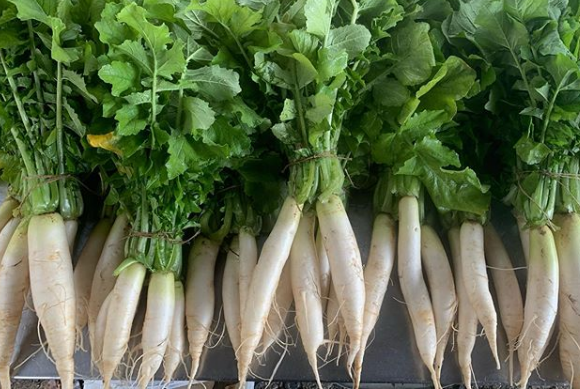
Step 3: Perennials
If you have an existing perennial garden, you can often divide existing flowers and interplant with some fruit or otherwise redesign to incorporate more fruits and herbs.
- Checkmark those your family uses or loves a lot
- Circle those that are easiest to care for in your setup. For some this might be herbs that enjoy sun or maybe you have a big lawn that could have a raspberry row.
- Underline those that appeal to you for some reason: less herbicides and pesticides, you love the flavor, special herb for special recipes etc…
- How many would you need to make it worth your while? Would you be happy with a few strawberry plants? One sage is almost always enough. An apple tree won’t produce for a few years and there are organizations (Hidden Harvest) where you can gleam others harvests.
- Start filling in the spaces in a similar way as with annuals with those that triple marked first.
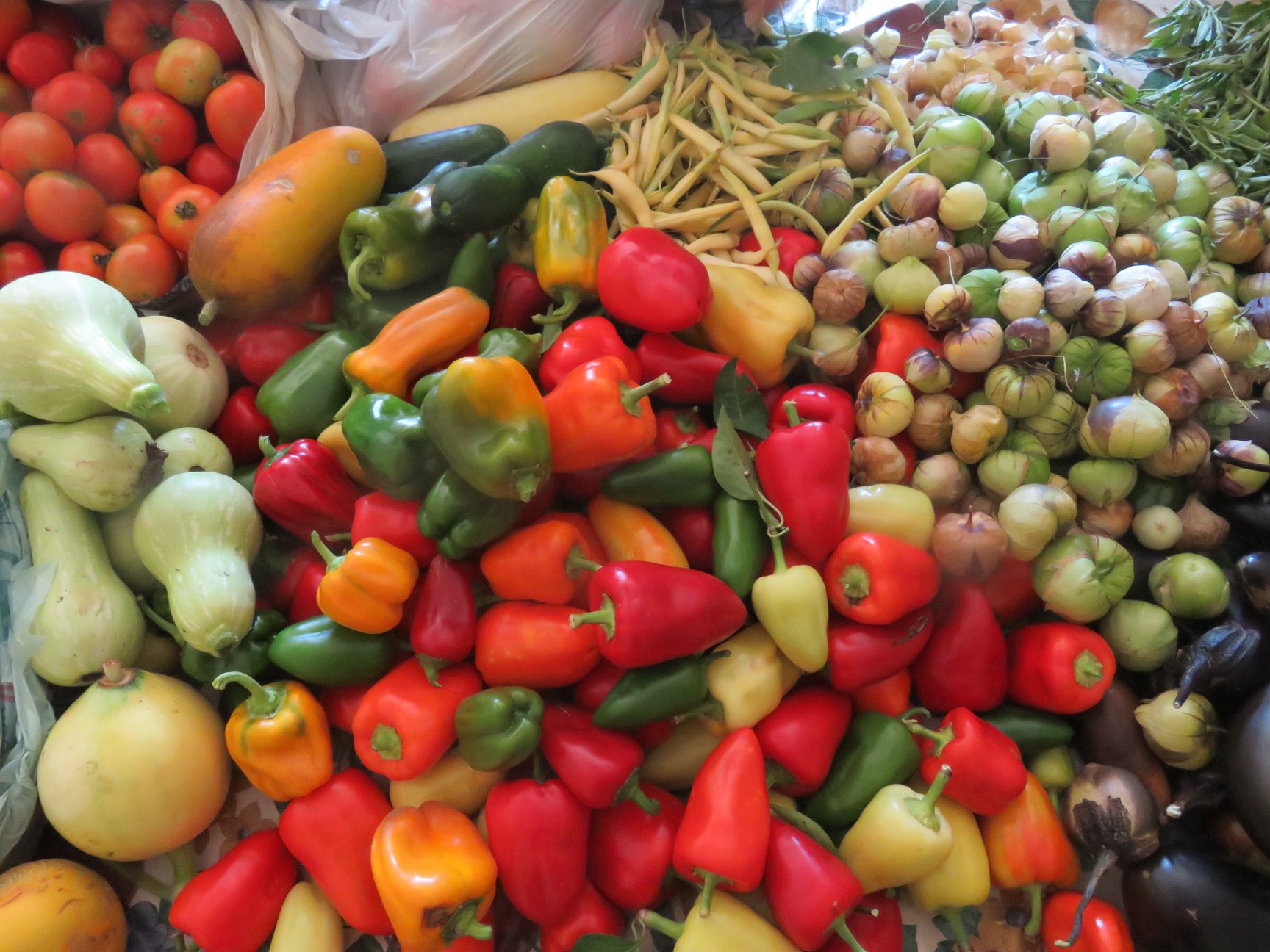
I know I didn’t answer the exact question: how many. I find there’s no straight forward formula because of the variability of people’s resources and needs but I hope that the above gave you some tips on how to get started!
Previous posts on this topic: